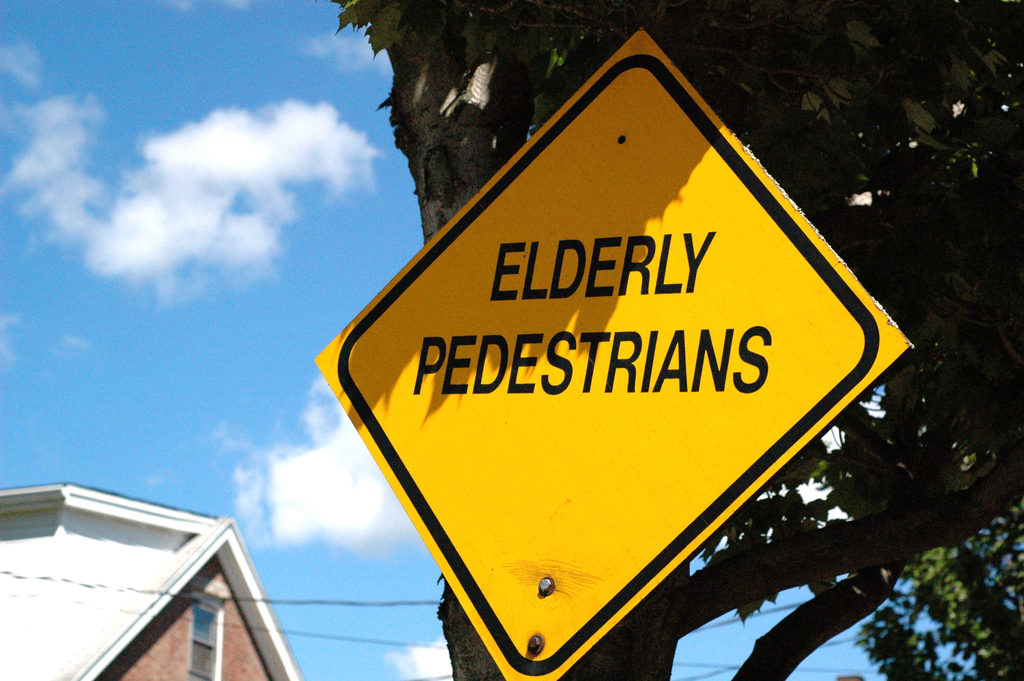Where The Needs Of Others Come First · Available 24x7 For Emergencies

How the U.S. Population is Getting Older–and What it Means for Us
For those who love statistics for their own sake, the field of demographics is a particularly fascinating one. They can spend hours looking at graphs, charts, and illustrations about how populations have changed and how they are projected to change in the future. One of the biggest changes in U.S. demographics, the dramatic growth of the elderly range, has an interest for many of us even if we don’t normally take a second look at statistics. Here are some interesting facts, largely drawn from the Census Bureau’s recently released 2014 report, and what they might mean for you if you are a family caregiver for a senior.
Greater Life Expectancy…
The overall increase in life expectancy over the last few decades is an encouraging sign that the health care industry is doing something right! Our scientists and doctors have had great success in fighting diseases and injuries that were once fatal in most cases. After analyzing the census data, experts believe that there is one major negative factor that still keeps the U.S. life expectancy behind that of a few other developed nations: the extreme popularity of smoking among young Americans in the mid-20th century. Lung cancer, COPD, and other smoking-related illnesses are major causes of death among seniors today. While everyone is happy that improved life expectancy gives us more time with our treasured seniors, it does create some interesting problems for us:
…Means Greater Dependency
In demographic terms, increased life expectancy means that there is now a large group of the population (seniors) that used to be much smaller. This group happens to be characterized by a range of health, mobility, and financial needs that must be met by people in other demographics. The Census Bureau report summarizes the situation by stating that there are an average of 4.5 working-age people to support each person over age 65. That number will become even smaller in the near future, as members of the large Baby Boomer generation turn 65.
New Solutions Needed
If you are already caring for a senior family member, you know how tricky it is to juggle work, school, family, and senior parents. Today, it is relatively easy to find a capable, reliable professional caregiving company that can help provide companionship and light housework. In the future, however, experts predict that the supply of professional caregivers will be insufficient to meet the demand of seniors who can not be left alone at home. Given this looming predicament, young people are increasingly being recruited into the caregiving field. The inevitable need for caregivers promises good wages and job security for those who decide to devote their careers to helping the elderly.
[get-post tag=”about_us”]
Photo by zappowbang 
